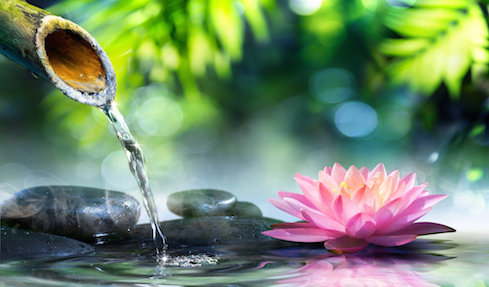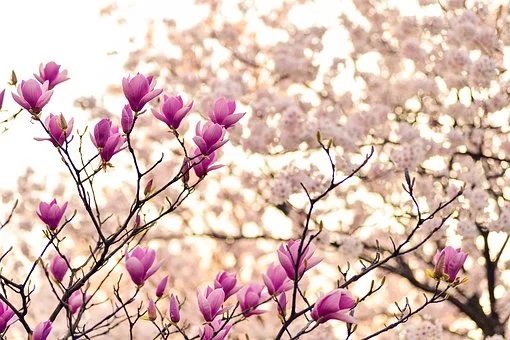Let us consider for a moment where we are exactly in our practice. After an investigation like this, some people may delight in discovering they have perfect bodhicitta; some may regret they have not started to practice bodhicitta; some may know with certainty they are in the process of cultivating bodhicitta. Regardless, we should all work towards this goal. Those of you who are not practicing should start right away; those who, like me, have not yet aroused bodhicitta should exert greater effort; those who already have bodhicitta can start the practice of emptiness.
~Depicted from THE FOUR SEALS OF DHARMA - Preparing for the Preliminaries











